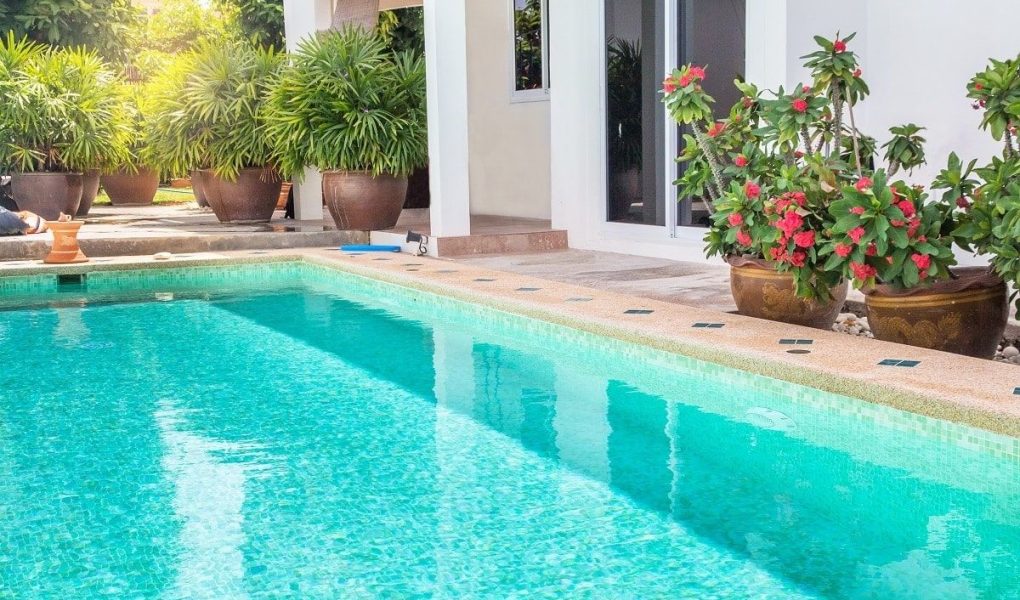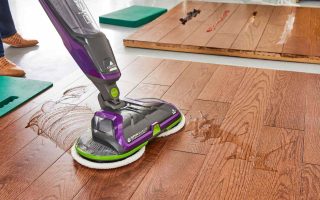One of the most important aspects of keeping your pool clean and safe for swimming is maintaining the correct chemical balance. Pool shock is one of the most important products used to sanitize the water and destroy contaminants, but many pool owners take one look at the instructions and think, do you just pour shock directly into the pool? The answer is not as simple as it seems. And while shock plays a crucial role in pool maintenance, how you apply it and when you do that can play a role in the overall cleanliness of your pool.
In this blog, we’ll introduce you to best practices for using pool shock and maintaining chemical balance in your pool. Also, we’ll look at how your robot pool cleaner, such as the Beatbot AquaSense 2, assists you in removing debris from your pool after shock is added.
What Is Pool Shock?
Pool shock is a strength of chorine or different chemical substances used to kill bacteria, algae, and different dangerous contaminants in your pool water. It’s a vital component of pool care, particularly when you see your pool water going cloudy, green or dirty. Shock treatment is usually used to sanitize and disinfect the pool after heavy use, storms, or if algae and bacteria start to build up. The shock is a process where the chlorine level is raised temporarily high enough that it can kill off contaminants.
Can You Just Add Shock Straight to the Pool?
No, you do not just pour shock directly into your pool. Here’s how to apply pool shock properly, so you can get the best results possible:
Always dissolve one part per million of shock into 10 parts per million of water before adding it into your pool. Add your shock to your bucket and fill with water until fully mixed. This allows the shock to be more evenly spread throughout the pool so no concentrated chemicals can damage the pool’s surfaces and equipment.
Add Shock at Night: The best time to add pool shock is in the evening, or at night, when the sun is less potent. Sunshine can degrade the chlorine in the shock so quickly it is no longer effective. The reason it’s best to apply at night is because you give the shock the best chance to be effective overnight, so your pool will be clean and sanitized by morning.
Broadcast the Shock: Once the shock is dissolved, you can broadcast it slowly and evenly around the perimeter of the pool. Be certain to walk around the pool and distribute the solution to make sure it gets into every part of the pool’s surface.
Wait to Swim: You need 8 hours, at least 8 hours, after shocking before you swim. This gives the shock time to adequately sanitize the pool and minimizes the risk of skin irritation or eye discomfort from too much chlorine.
Test and Balance Chemicals: After shocking, test your pool to balance out the chemicals. Check the pH, chlorine, and alkalinity levels using test strips or a water testing kit. In short, adjust with more chemicals as needed to keep the swimming environment healthy.
How a Robot Pool Cleaner Can Assist Following Shocking
After you’ve shocked your pool and given it time to settle, the next thing you have to do is to keep the water clean and free of debris. That’s where your robot pool cleaner comes in — things like the Beatbot AquaSense 2 Ultra (also available as the AquaSense 2 Pro) are all designed to pick up and pick up dirt, debris and even algae on the floor and walls of the pool.
Will an algae eater pick up algae? Yes! Most swimming pool robot cleaners feature an advanced filtration system, capable of capturing algae and other fine debris, made crystal clear after your pool has been shocked.
Algae can also be introduced into the pool through human contact, which is where a pool vacuum for algae comes in! After you shock your pool, it’s important to vacuum up any residual algae so you have a clean swimming environment. Additionally, robotic pool cleaners are the solution to cleaning regularly—they can do all the work for you without any hassle on your part for manually vacuuming your pool.
Tips for Maintaining Your Pool After Shocking
Use a Skimmer: Remove any floating debris such as leaves, twigs, or bugs. This means that the shock treatment works more effectively as it is directed towards sanitizing the water rather than breaking down organic material.
Keep Up with Your Pool Equipment: Check your filtration system and other pool machinery regularly to make sure they’re functioning well. A pool booster pump can be beneficial in ensuring you maintain proper circulation which helps your shock treatment become most effective.
Use Algaecide: If your pool is prone to algae blooms, a good practice is to add an algaecide to your pool after shocking it. This additional step can prevent algae from blooming again.
Conclusion
Shocking your pool is an important step in keeping it clean and safe to swim in. However, this isn’t the best method of dumping the shock into the pool. Rather, mix the shock in water and spray it evenly around the pool at night, letting the pool filter overnight. Once your pool is cleaned, you can use a robot pool cleaner like the Beatbot AquaSense 2 Ultra to help rid your pool of remaining algae or dirt. Following the right approach to pool maintenance—even down to shock and automated cleaning systems—your pool will continue to glisten for goers to enjoy.




